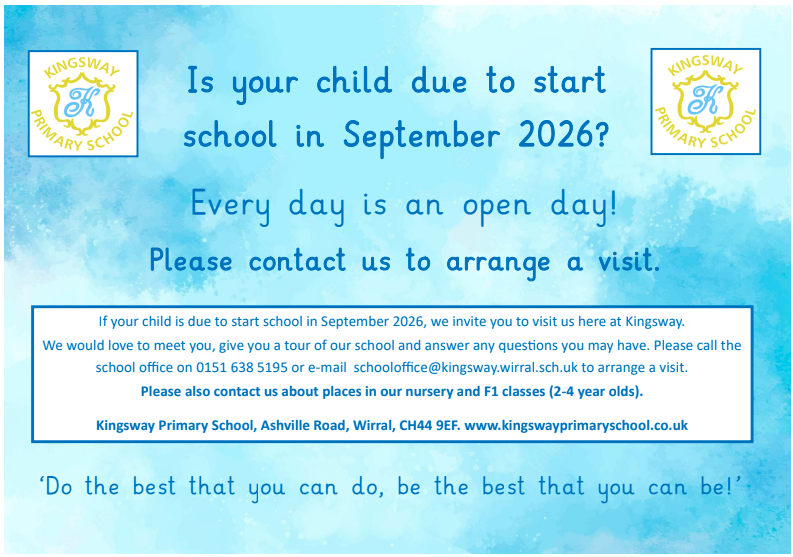E-safety



The Internet is wrtten in pen, not pencil. Think before you share.
We have to recognise that while technology plays an important role in our children's everyday lives there are risks involved. It is important that while we provide our children with the skills and knowledge to use ever expanding technology we also provide high quality e-safety education. We want all of our children to use the technology confidently but also to feel comfortable enough to deal with any issues that may arise.
TOP TIPS FOR KEEPING CHILDREN SAFE
· Talk to your child about what they’re up to online. Be a part of their online life; involve the whole family and show an interest. Find out what sites they visit and what they love about them, if they know you understand they are more likely to come to you if they have any problems..png)
· Do not allow access to Social Networking sites
· Watch Thinkuknow films and cartoons with your child. The Thinkuknow site has films, games and advice for children from five all the way to 16.
· Encourage your child to go online and explore! There is a wealth of age-appropriate sites online for your children. Encourage them to use sites which are fun, educational and that will help them to develop online skills.
· Keep up-to-date with your child’s development online. Children grow up fast and they will be growing in confidence and learning new skills daily. It’s important that as your child learns more, so do you.
· Set boundaries in the online world just as you would in the real world. Think about what they might see, what they share, who they talk to and how long they spend online. It is important to discuss boundaries at a young age to develop the tools and skills children need to enjoy their time online.
· Keep all equipment that connects to the internet in a family space. For children of this age, it is important to keep internet use in family areas so you can see the sites your child is using and be there for them if they stumble across something they don’t want to see.
· Know what connects to the internet and how. Nowadays even the TV connects to the internet. Make sure you’re aware of which devices that your child uses connect to the internet, such as their phone or games console. Also, find out how they are accessing the internet – is it your connection, or a neighbour’s wifi? This will affect whether the safety setting you set are being applied.
· Use parental controls on devices that link to the internet, such as the TV, laptops, computers, games consoles and mobile phones. Parental controls are not just about locking and blocking, they are a tool to help you set appropriate boundaries as your child grows and develops. They are not the answer to your child’s online safety, but they are a good start and they are not as difficult to install as you might think. Service providers are working hard to make them simple, effective and user friendly. Find your service provider and learn how to set your controls
If you have a child who is at, or is due to start, secondary school, read the secondary school advice to find out what you can do to support them.

http://www.ceop.police.uk/Safety-Centre
https://www.virginmedia.com/blog/online-safety/childrens-internet-safety-test
https://www.ceopeducation.co.uk/parents/

 Kingsway Primary School
Kingsway Primary School